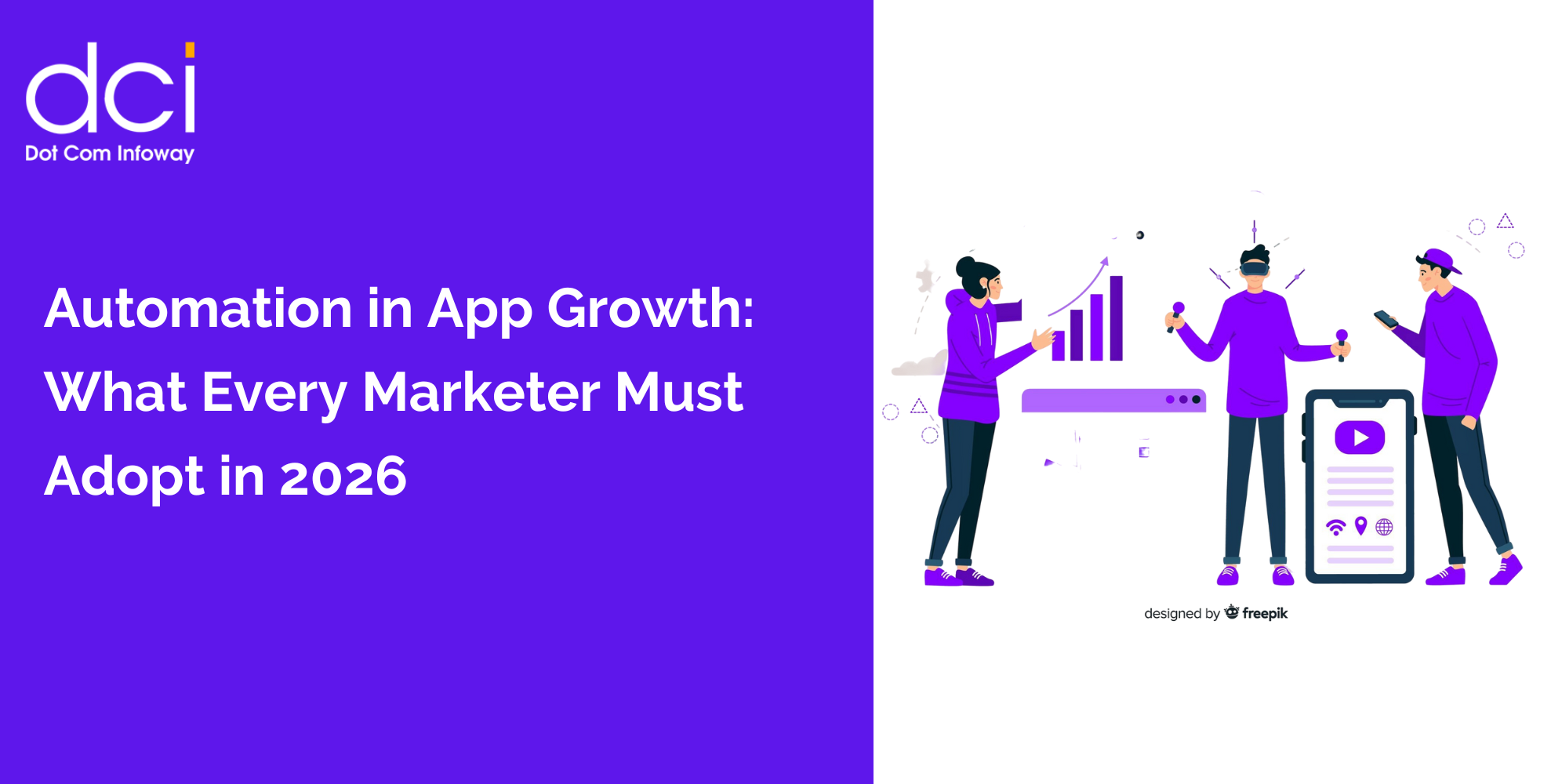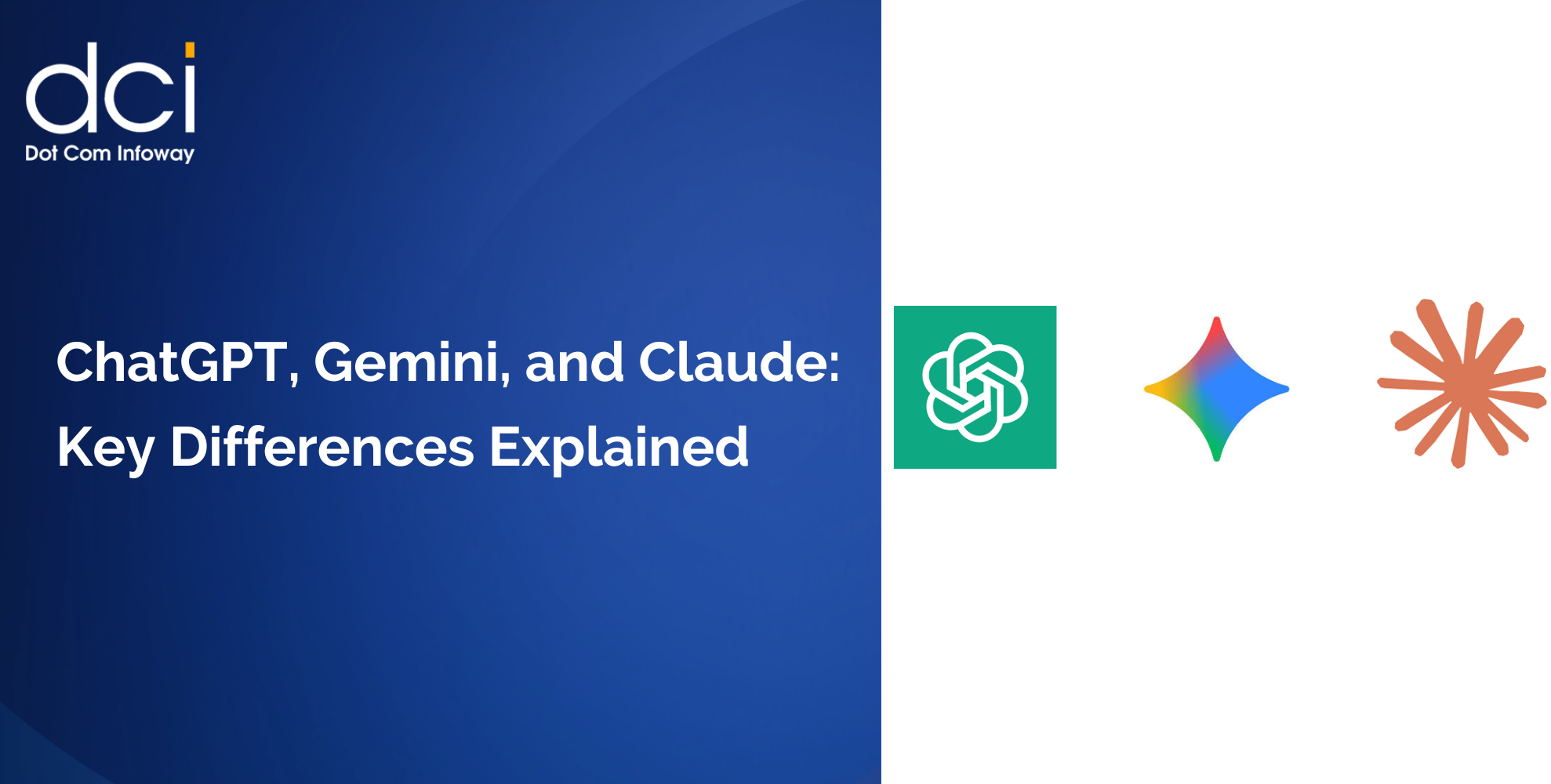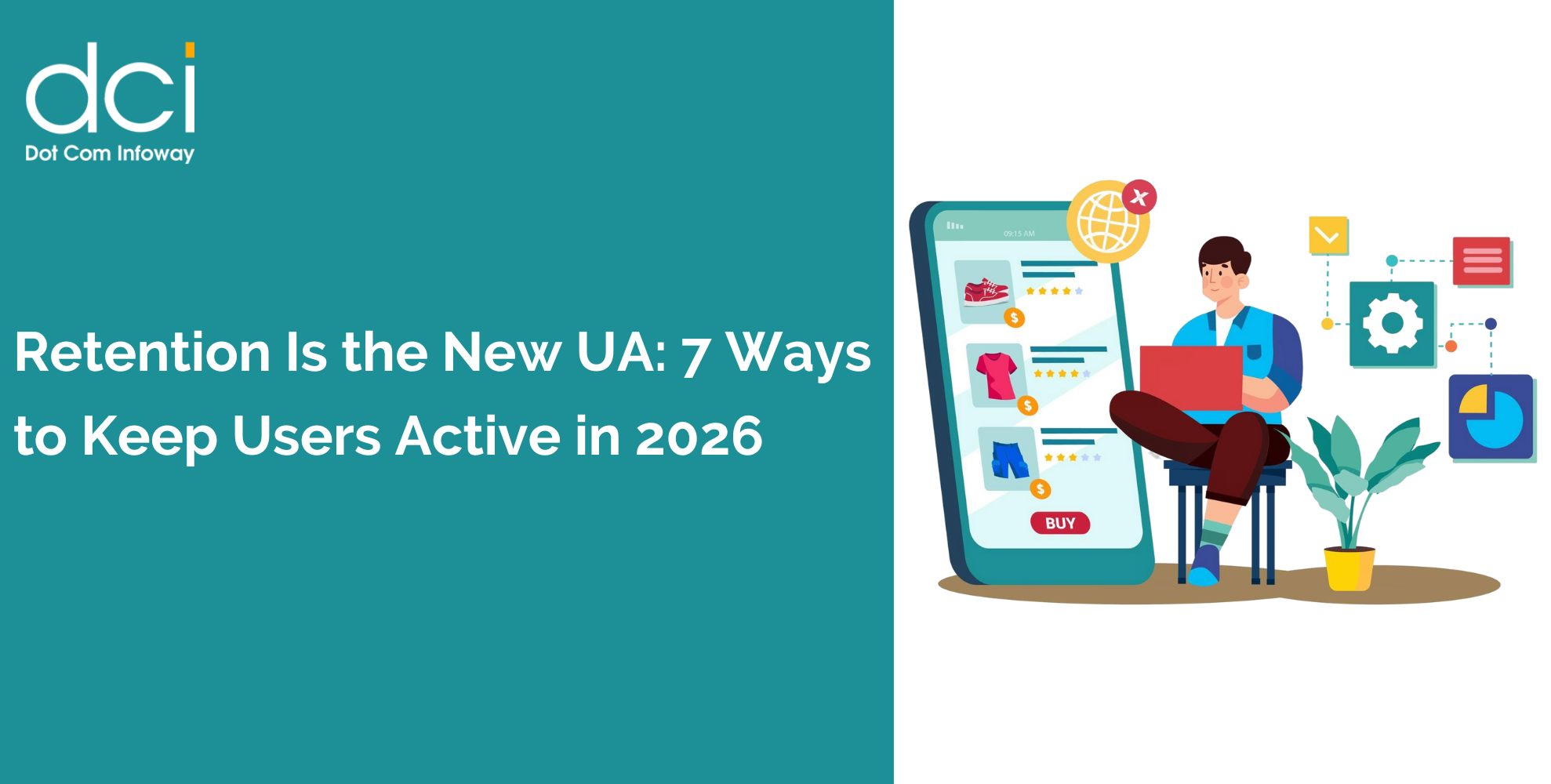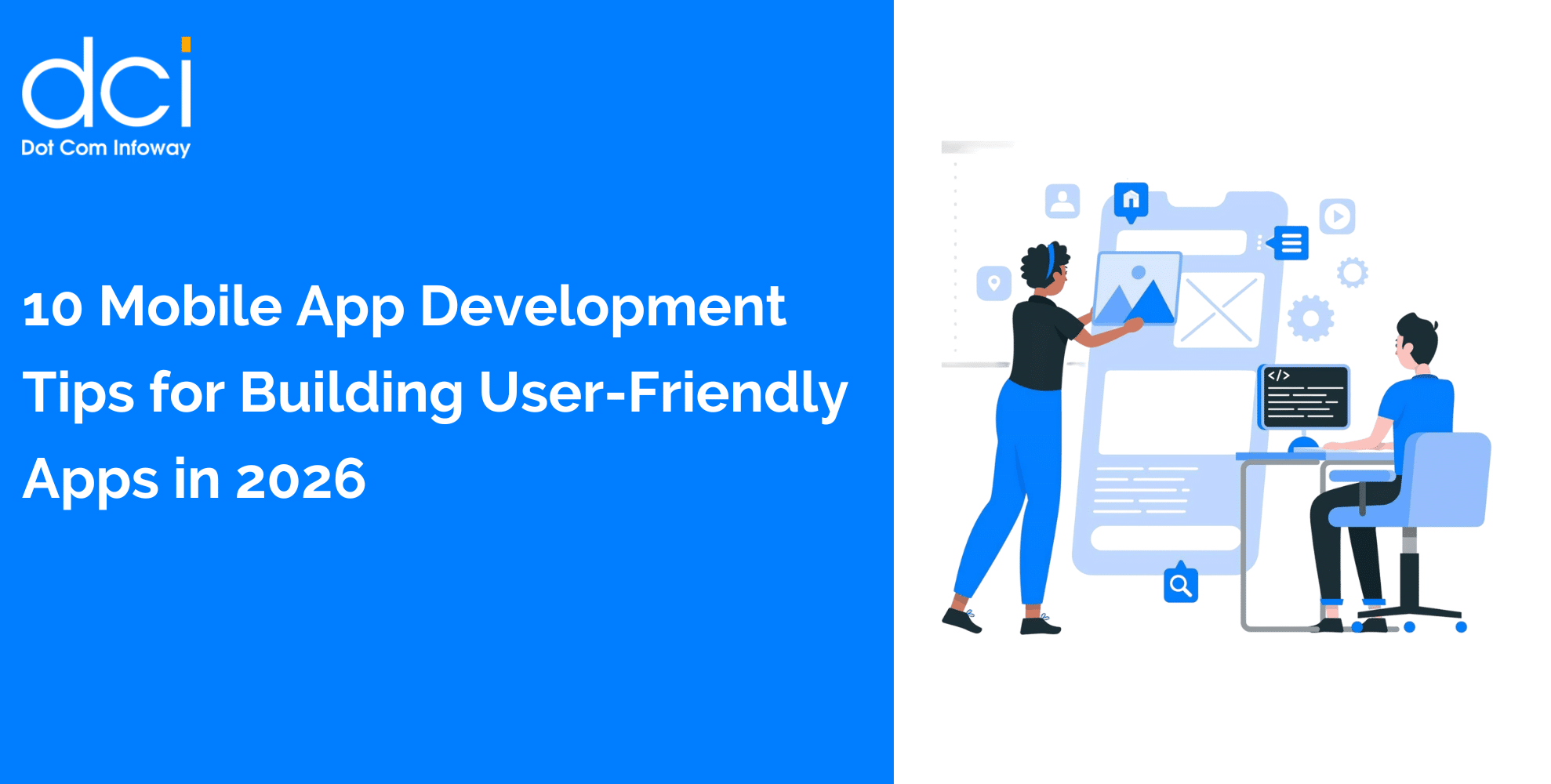Technology Stack Optimization for Performance Marketing
Your performance marketing strategy requires robust technology infrastructure to track, analyze, and optimize lead quality effectively. The right tools can dramatically improve your ability to identify and nurture high-quality prospects.
Marketing Automation Integration: Implement marketing automation platforms that can score leads based on multiple criteria, trigger personalized nurture sequences, and alert sales teams when prospects demonstrate purchase readiness.
Platforms like HubSpot, Marketo, and Pardot allow sophisticated lead management that goes far beyond basic form submissions. Set up automated workflows that deliver targeted content based on prospect behavior, company characteristics, and engagement levels.
CRM Integration and Data Flow: Ensure seamless data flow between your marketing tools and CRM system. Sales teams need complete visibility into prospect behavior, content consumption, and engagement history to prioritize follow-up effectively.
Advanced Analytics Implementation: Go beyond basic conversion tracking to implement advanced analytics that connect marketing activities to revenue outcomes. Tools like Google Analytics 4, Adobe Analytics, or specialized B2B platforms provide attribution modeling that reveals which touchpoints contribute most to quality lead generation.
Click Fraud Protection: According to research from Cheq, approximately 14% of paid search traffic comes from fraudulent sources, costing advertisers an estimated $61 billion in 2022. Implement click fraud protection tools like ClickCease or Lunio to ensure your performance marketing strategy budget focuses on genuine prospects.
Robert Graves, Digital Marketing Strategist at Olive & Company, explains: “While Google Ads has built-in click-fraud detection, using third-party services provides extra defense at minimal cost. Better clicks provide better data to train platform AI, and smarter AI leads to better campaign results.”
Measuring and Optimizing Your Performance Marketing Strategy
The continuous improvement mindset essential to performance marketing strategy requires sophisticated measurement and optimization processes. Focus on metrics that correlate with business outcomes rather than vanity metrics that don’t impact revenue.
Quality-Based Metrics: Track lead-to-opportunity conversion rates, average deal size, sales cycle length, and customer lifetime value by channel and campaign. These metrics provide clearer pictures of campaign effectiveness than simple lead volume measurements.
Channel Performance Analysis: Identify which channels and campaigns generate the highest-quality leads. According to Olive & Company’s research, companies should “dig into analytics and lead data” to understand channel performance beyond surface-level metrics.
If LinkedIn generates fewer leads than Facebook but those leads convert at three times the rate with 50% higher average deal values, LinkedIn represents better ROI despite lower volume.
Attribution Model Refinement: Implement attribution models that give appropriate credit to touchpoints throughout the customer journey. First-touch attribution helps understand awareness-building activities, while last-touch shows conversion drivers. Multi-touch attribution provides the most comprehensive view.
Continuous Testing Framework: Establish systematic testing processes for all campaign elements: ad creative, landing pages, email sequences, and content offers. Test not just for conversion rate improvements but for lead quality enhancements.
Erik Norsted from Olive & Company emphasizes: “Marketing automation era tools are incredibly helpful, but there is one downside—over-reliance on automated processes. Make sure you have human oversight to ensure high-quality leads aren’t slipping through the cracks.”
Advanced Audience Development Techniques
Building and nurturing audiences for your performance marketing strategy requires sophisticated approaches that go beyond basic demographic targeting. Focus on creating audience segments based on intent, behavior, and qualification criteria.
Intent Data Integration: Use intent data platforms to identify companies and individuals actively researching solutions in your category. These prospects demonstrate higher purchase intent than cold audiences, making them ideal targets for your performance marketing strategy.
Social Media Engagement Strategy: Don’t just broadcast content on social media—actively engage with prospects and industry conversations. Share insights, participate in relevant groups, and respond thoughtfully to comments and questions.
This engagement builds relationships and brand recognition that supports your broader performance marketing strategy by creating familiarity and trust before prospects enter your conversion funnel.
Email List Segmentation: Segment email lists based on multiple criteria: company size, industry, role, engagement level, and position in the buying cycle. Personalized email campaigns to specific segments consistently outperform generic broadcasts.
Constant Contact research shows segmented campaigns drive 30% more opens and 50% more click-throughs than non-segmented campaigns, highlighting the importance of targeted messaging.
Budget Allocation and ROI Optimization
Effective performance marketing strategy implementation requires strategic budget allocation based on channel performance, audience quality, and business objectives. Rather than spreading budgets evenly across channels, concentrate investment where it generates the highest-quality results.
Channel Performance Weighting: Allocate larger budgets to channels and campaigns that generate higher-quality leads, even if cost-per-lead appears higher initially. A channel that costs $100 per lead but converts 30% to customers provides better ROI than one costing $25 per lead with 5% conversion rates.
Seasonal and Cyclical Optimization: Adjust budget allocation based on seasonal patterns and business cycles. B2B companies often see increased activity in Q4 and Q1 as budgets reset, while consumer businesses might peak during different periods.
Testing Budget Reserve: Reserve 15-20% of your performance marketing strategy budget for testing new channels, audiences, and approaches. This experimentation fund ensures continuous improvement and prevents stagnation as markets and customer behaviors evolve.
Future-Proofing Your Performance Marketing Strategy
The digital marketing landscape continues evolving rapidly, with new platforms, regulations, and consumer behaviors emerging regularly. Build flexibility into your performance marketing strategy to adapt to these changes while maintaining lead quality focus.
Privacy-First Approach: With increasing privacy regulations and cookie deprecation, focus on first-party data collection and relationship building. Performance marketing strategies that rely heavily on third-party data tracking will become less effective over time.
AI and Machine Learning Integration: Leverage artificial intelligence tools for better audience targeting, content personalization, and campaign optimization. However, maintain human oversight to ensure AI recommendations align with lead quality objectives.
Omnichannel Consistency: Ensure consistent messaging and experience across all touchpoints. As customer journeys become increasingly complex, maintaining coherent brand experiences becomes crucial for building trust with high-quality prospects.
Conclusion: Implementing Your Performance Marketing Strategy for Quality Lead Generation
The shift from quantity-focused lead generation to quality-focused performance marketing strategy requires significant changes in mindset, processes, and measurement approaches. However, the results higher conversion rates, shorter sales cycles, increased deal values, and improved ROI justify the effort required.
Start by implementing the foundational elements: buyer persona development, precise targeting, and conversion optimization focused on quality over quantity. Then gradually add sophisticated attribution modeling, advanced automation, and continuous testing frameworks.
Remember that performance marketing strategy success requires patience and persistence. Initial improvements might show decreased lead volume as you filter out unqualified prospects, but stick with the approach. The long-term benefits of attracting genuinely interested, qualified prospects far outweigh short-term volume decreases.
As you implement these strategies, consider partnering with experienced performance marketing strategy specialists who can accelerate your progress and help avoid common pitfalls. Companies like Dot Com Infoway have helped numerous businesses transform their lead generation approaches, focusing on quality outcomes that drive sustainable business growth.
The future belongs to businesses that prioritize meaningful connections with qualified prospects over vanity metrics and lead volume. By implementing a comprehensive performance marketing strategy focused on quality lead generation, you’ll build a sustainable competitive advantage that compounds over time, delivering better results for your sales team and stronger outcomes for your business.

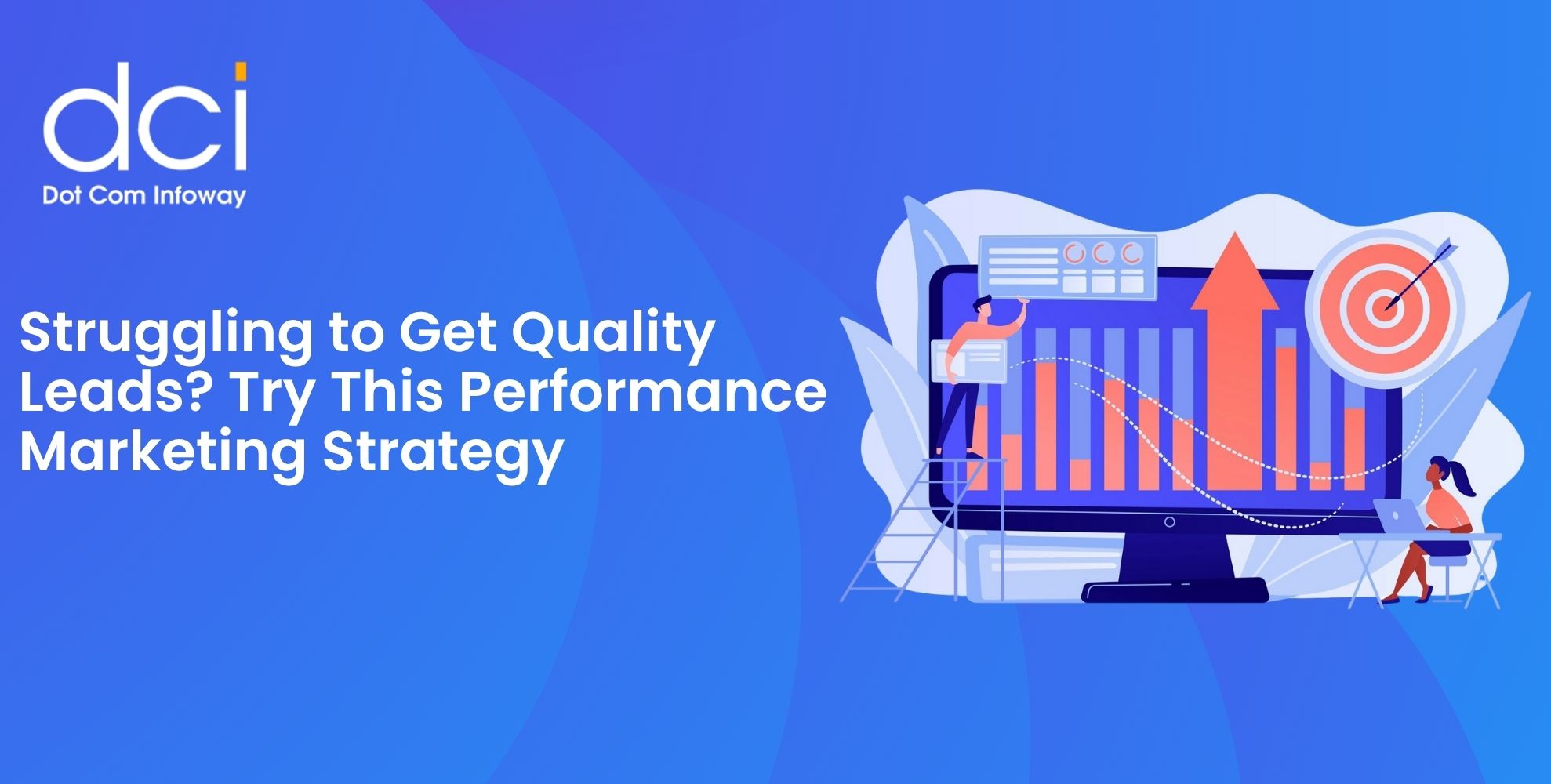

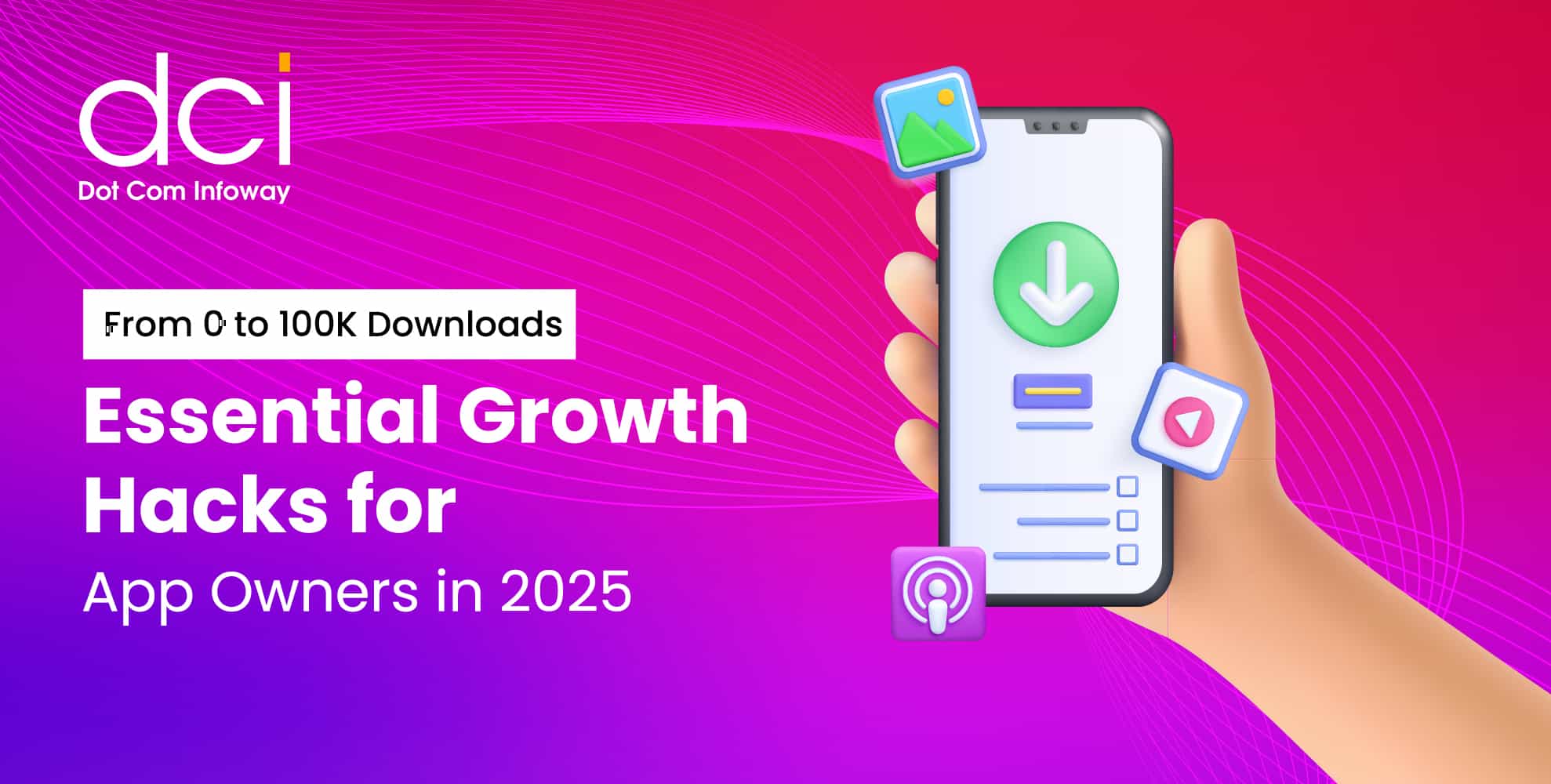

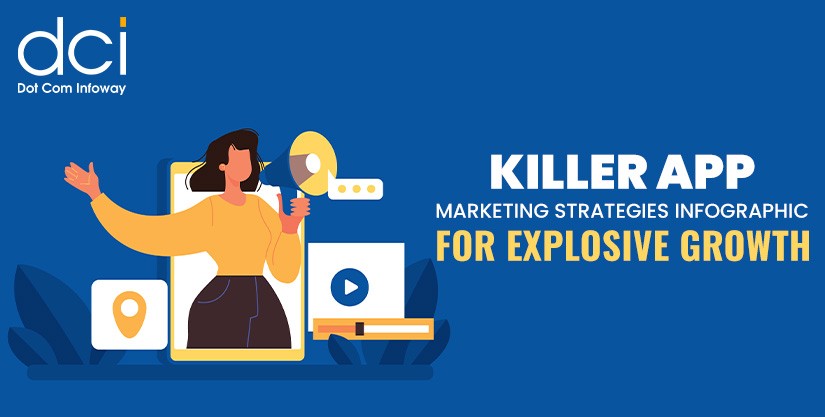

![The Game Marketing Guide: Pre and Post-Launch Strategies [Infographic]](https://www.dotcominfoway.com/wp-content/uploads/2023/09/DCI-Game-Marketing-blog-1.jpg)

